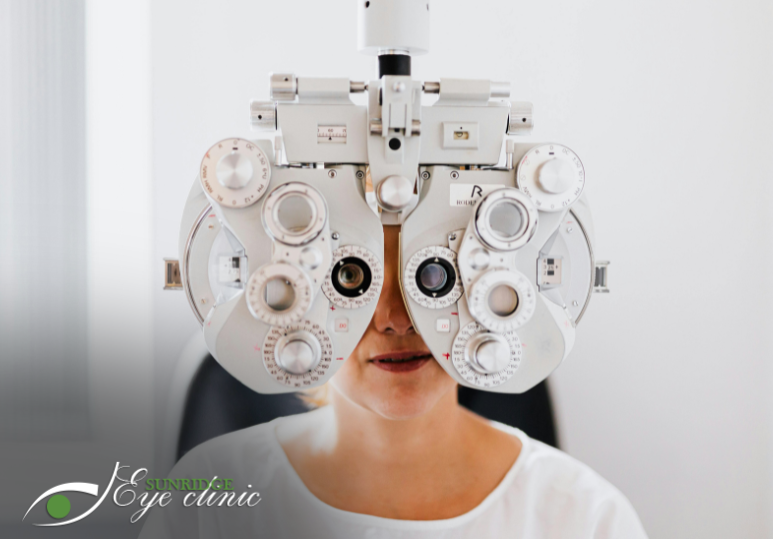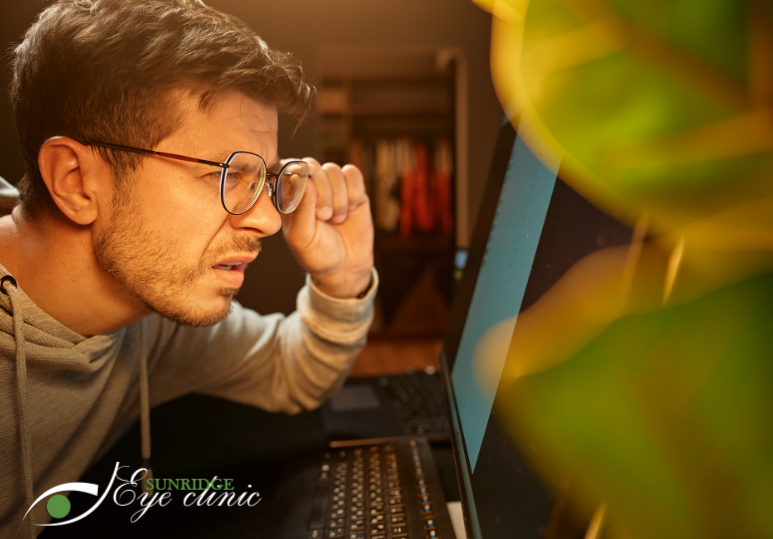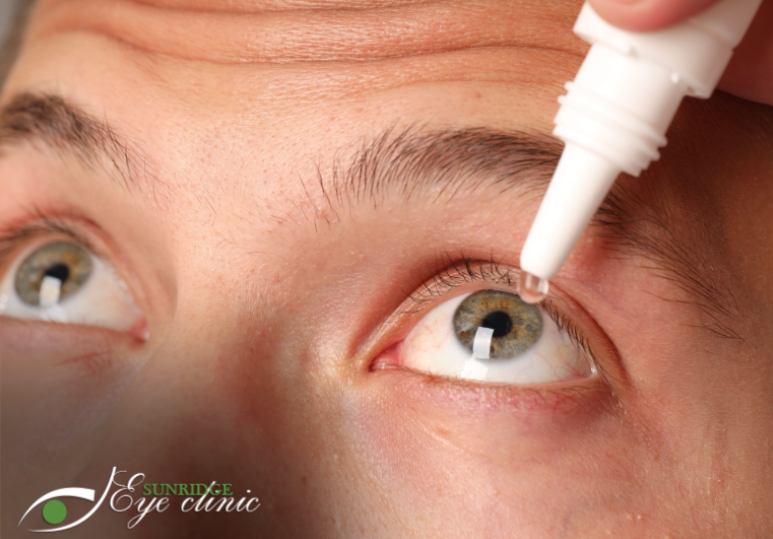Retinal Photography
Retinal photography is one of the most commonly used retinal imaging techniques. It involves capturing an image of the retina using specialized cameras. The image captured provides a comprehensive view of the retina and helps detect any signs of eye disease or conditions. Retinal photography is non-invasive and painless, making it an ideal option for routine eye exams.
Fundus Imaging
Fundus imaging is another effective retinal imaging technique that provides an in-depth view of the retina and the back of the eye. The imaging is usually done using a specialized camera that captures the image after dilating the pupil. Fundus imaging helps detect various eye conditions, including macular degeneration, glaucoma, and diabetic retinopathy, at an early stage.
Optical Coherence Tomography (OCT)
Optical coherence tomography (OCT) is a highly advanced retinal imaging technique that provides cross-sectional images of the retina. OCT works by using light waves to capture detailed images of the retina, including the thickness of the retinal layers. It is an effective tool for detecting and monitoring macular degeneration, diabetic retinopathy, and glaucoma.
Fluorescein Angiography
Fluorescein angiography is a diagnostic tool used to detect and monitor retinal diseases and conditions. It involves injecting a fluorescent dye into the patient's bloodstream and then capturing images of the retina using specialized cameras. The images captured help detect any signs of damage to the blood vessels in the retina, which can be a result of various eye conditions, including diabetic retinopathy and macular degeneration.
Ultra-widefield Imaging
Ultra-widefield imaging is a newer retinal imaging technique that provides a comprehensive view of the retina in a single image. Unlike traditional retinal photography, which captures only a limited portion of the retina, ultra-widefield imaging captures up to 200 degrees of the retina, providing a more comprehensive view. It is a valuable tool for detecting and monitoring retinal diseases and conditions, including age-related macular degeneration, diabetic retinopathy, and glaucoma.
Retinal imaging is a crucial tool in monitoring and maintaining eye health. The various techniques available, including retinal photography, fundus imaging, optical coherence tomography (OCT), fluorescein angiography, and ultra-widefield imaging, provide a comprehensive view of the retina and help detect and monitor eye conditions at an early stage. Regular eye exams that include retinal imaging are essential in maintaining good eye health and preventing vision loss.
At Sunridge Eye Clinic in Calgary, our staff leverages the most advanced technologies, including retinal imaging, to diagnose and treat common eye conditions. Our staff works to preserve your vision and foster an understanding of eye health so that you can maintain your vision for a lifetime. For eye exams for every member of your family from a Calgary optometrist, contact Sunridge Eye Clinic at 1-403-280-7518 or fill out the online contact form.
FAQ
Q: How often should I have retinal imaging done?
A: The frequency of retinal imaging depends on various factors, including age, medical history, and any existing eye conditions. It is recommended to have retinal imaging done as part of a regular eye exam, typically once a year.
Q: What does retinal imaging help detect?
A: Retinal imaging helps detect various eye conditions, including age-related macular degeneration, diabetic retinopathy, glaucoma, and retinal detachment, among others. The images captured by retinal imaging provide a comprehensive view of the retina, which helps detect any signs of disease or damage.
Q: Is retinal imaging suitable for all age groups?
A: Yes, retinal imaging is suitable for all age groups, including children and adults. However, the specific type of retinal imaging may vary based on age and any existing eye conditions.






